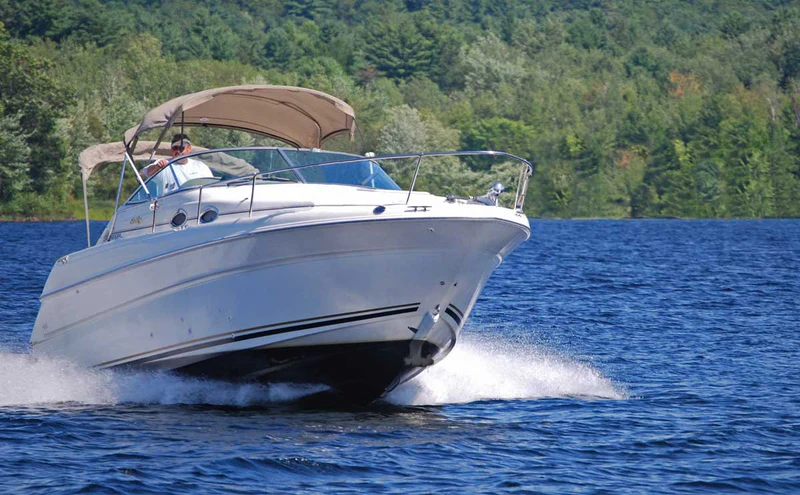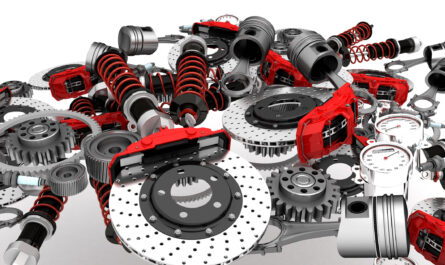Bow thrusters and stern thrusters are maneuvering propellers located on the bow and stern of ships and boats. They are used to help control and rotate a ship while docking, undocking, or maneuvering in tight spaces. Thrusters allow for more precise movements than relying solely on the rudders and main engines. They generate thrust perpendicular to the ships centerline, helping it turn more sharply or hold position against currents or wind.
Types of Thrusters
Thrusters come in two main types – azimuth thrusters and tunnel thrusters. Azimuth thrusters can rotate 360 degrees, offering the most control over ship movement. Bow and Stern Thrusters consist of an electric pod housing a fixed propeller driven by an electric engine. The whole unit pivots on an azimuthing base. Tunnel thrusters lie inside the hull of the vessel and are fixed facing forward or backward. They offer less directional versatility than azimuth units but are smaller and less expensive.
Propulsion and Maneuvering Applications
Bow thrusters are commonly used for maneuvering large ships during docking and undocking at speeds under 5 knots. They allow the ship’s heading to be adjusted without relying solely on the rudders and main engines. This enhances safety when operating in confined waters. Stern thrusters play a key role in maintaining position against currents, winds or tidal influences. They allow the ship to remain stationary without anchor deployment. Some vessels use dynamic positioning systems with multiple bow and stern thrusters to hold ultra-precise positions for offshore operations.
Installation and Operation
Thrusters are installed on the hull exterior below the waterline. The pods housing azimuth thrusters are mounted on turning bases to allow complete rotation. Tunnel thrusters have fixed orientations set during installation. Operation is controlled from the bridge via joystick pods. Crews can independently adjust bow and stern thruster levels. Sensors provide feedback on thruster position and speed. Thrusters are powered by electric motors supplied from the main generators or battery banks for back-up operation even if the generators fail. Control systems often incorporate thruster autopilots for automated docking assistance.
Reliability and Maintenance Factors of Bow and Stern Thrusters
Proper maintenance is important given the critical role of thrusters. Seals and bearings require periodic inspection and replacement to prevent water intrusion. Propellers may need cleaning from marine growth. Azimuth units additionally rely on their turning mechanism, which demands scheduled lubrication and condition assessment. Subjecting thrusters to too much silt or contamination can damage components prematurely. Vessel operators schedule repair work during drydock periods to minimize downtime. Backup options like emergency steering via main engines or rented equipment help ensure continuity of thruster operations.
Bow and stern thrusters have become indispensable equipment for the maneuvering and positioning of modern ships. Their ability to precisely vector thrust makes docking, undocking and station-keeping vastly safer and more efficient even in challenging maritime conditions. Proper selection, installation, operation and maintenance are necessary to fully leverage thrusters’ benefits and maximize vessel maneuverability.




